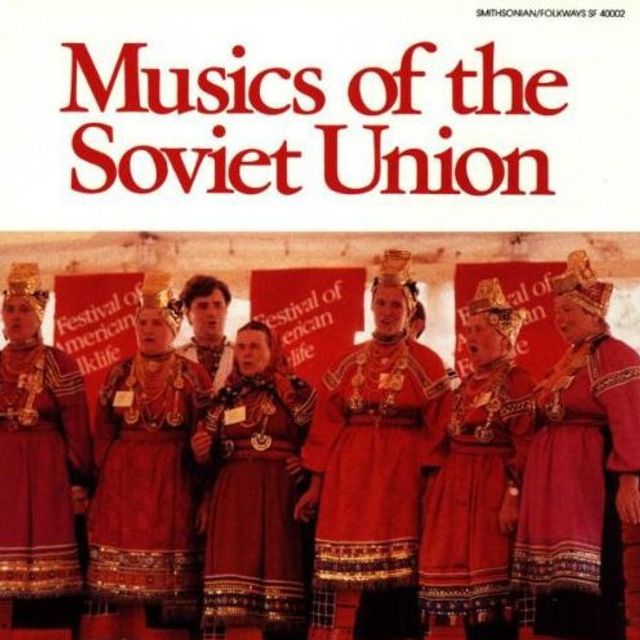Home
Hammer and Rifle: The Militarization of the Soviet Union, 1926-1933
Loading Inventory...
Barnes and Noble
Hammer and Rifle: The Militarization of the Soviet Union, 1926-1933
Current price: $49.99


Barnes and Noble
Hammer and Rifle: The Militarization of the Soviet Union, 1926-1933
Current price: $49.99
Loading Inventory...
Size: OS
*Product Information may vary - to confirm product availability, pricing, and additional information please contact Barnes and Noble
From 1926 to 1933, a vast transformation swept through the Soviet Union, a massive militarization of society that was as powerful and far-reaching as the Revolution itself. In Hammer and Rifle, David Stone chronicles this transformation and shows why it is so central to our understanding of Stalin's emergence and consolidation of power.
While collectivization dramatically altered rural Russia and Stalin ruthlessly secured his control over the state apparatus, a military-industrial revolution remade the USSR into an immensely powerful war machine. As Stone reveals, the militarization of the Soviet economy—marked by a rapidly expanding defense industry, increasing centralized control, and growing military influence over economic policies—was an essential element in Stalin's strong-armed revolution from above.
Spurred by the Bolsheviks' unrelenting suspicions of other nations, the Soviet state embraced rearmament and military preparedness as its guarantee for national survival. Soviet military thinkers, Stone shows, pushed for a ruthlessly centralized economy—one requiring total integration of state and society—as the necessary means for achieving victory in future wars. The result was an ever upwardly spiraling defense budget and increasing military domination of civilian society.
Stone demonstrates how this domination emerged, evolved, and entrenched itself. But he also suggests that this military-industrial revolution, theoretically designed to protect the Soviet Union's national security, instead nearly destroyed it at the beginning of World War II. The rigid and inflexible economy that resulted ultimately undermined the Soviet state itself, destroying from within much of what it had tried to defend.
Based on unprecedented use of new archival sources, Stone's study also provides a cautionary tale about civil-military relations in an increasingly dangerous world. As such, it should appeal to readers well beyond those interested in Russian and Soviet history.
While collectivization dramatically altered rural Russia and Stalin ruthlessly secured his control over the state apparatus, a military-industrial revolution remade the USSR into an immensely powerful war machine. As Stone reveals, the militarization of the Soviet economy—marked by a rapidly expanding defense industry, increasing centralized control, and growing military influence over economic policies—was an essential element in Stalin's strong-armed revolution from above.
Spurred by the Bolsheviks' unrelenting suspicions of other nations, the Soviet state embraced rearmament and military preparedness as its guarantee for national survival. Soviet military thinkers, Stone shows, pushed for a ruthlessly centralized economy—one requiring total integration of state and society—as the necessary means for achieving victory in future wars. The result was an ever upwardly spiraling defense budget and increasing military domination of civilian society.
Stone demonstrates how this domination emerged, evolved, and entrenched itself. But he also suggests that this military-industrial revolution, theoretically designed to protect the Soviet Union's national security, instead nearly destroyed it at the beginning of World War II. The rigid and inflexible economy that resulted ultimately undermined the Soviet state itself, destroying from within much of what it had tried to defend.
Based on unprecedented use of new archival sources, Stone's study also provides a cautionary tale about civil-military relations in an increasingly dangerous world. As such, it should appeal to readers well beyond those interested in Russian and Soviet history.


















